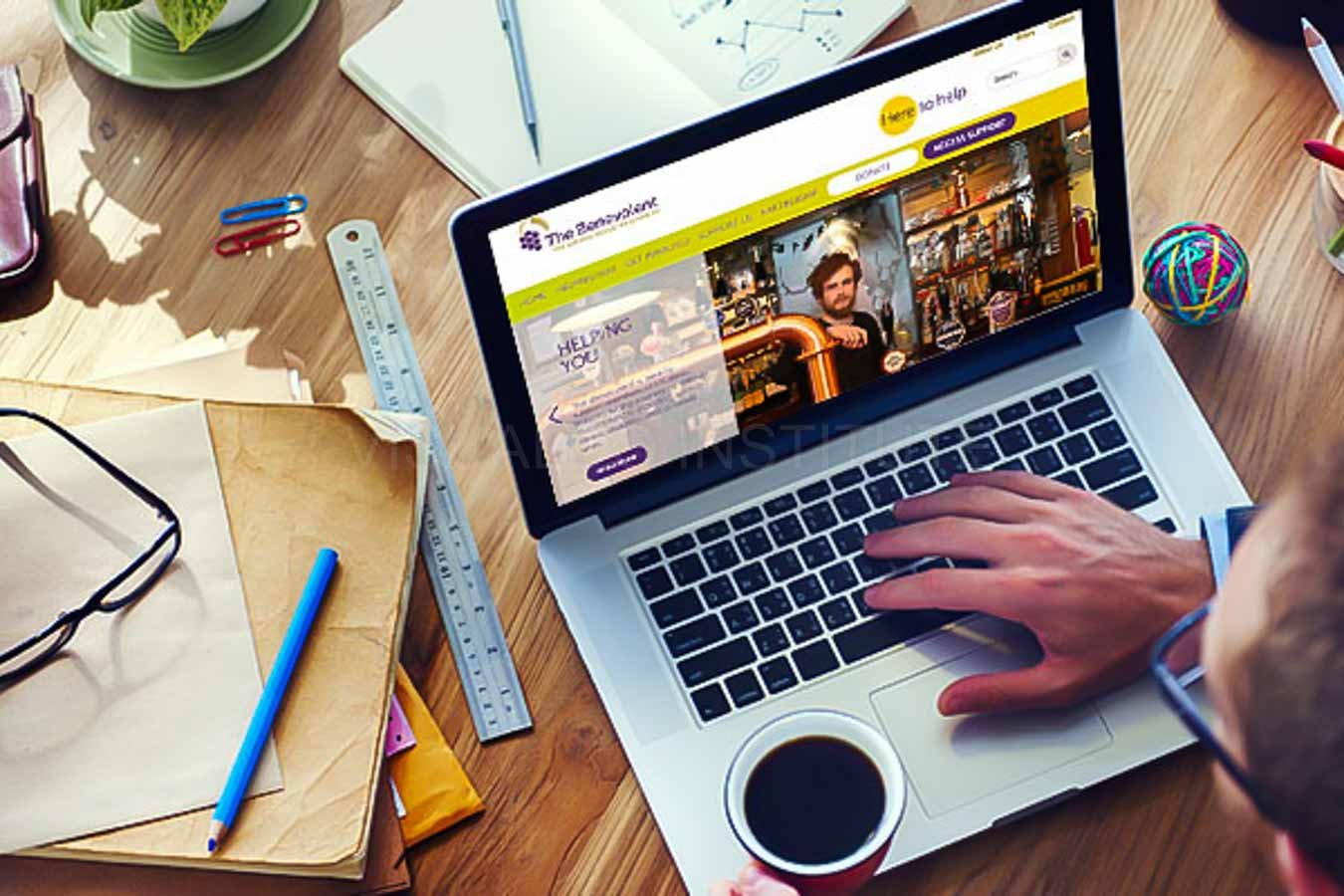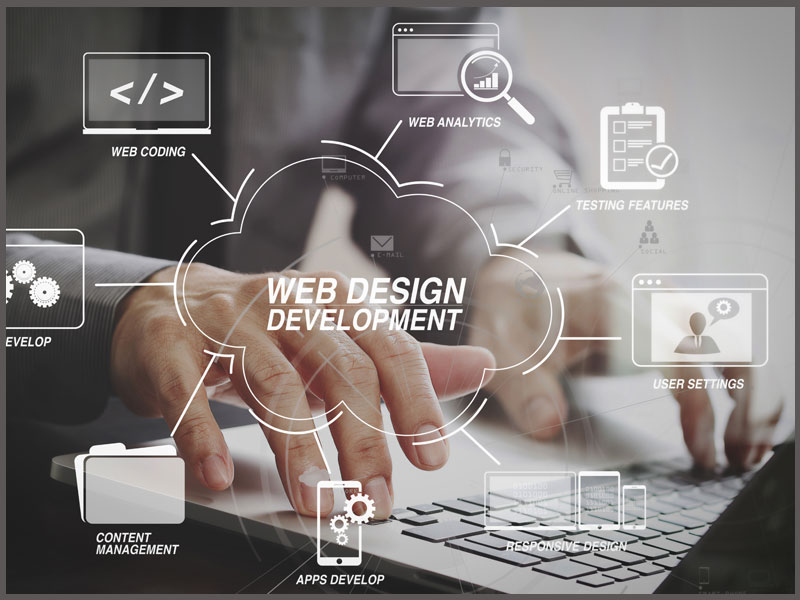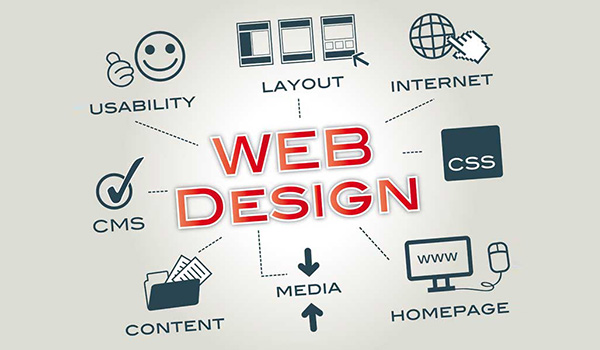Aligned Position Web Design: Perfectly Designed Websites to Capture Your Audience’s Attention
Aligned Position Web Design: Perfectly Designed Websites to Capture Your Audience’s Attention
Blog Article
The Most Effective Kinds Of Web Design to Boost Individual Experience and Engagement
In the ever-evolving landscape of digital communication, the performance of Web design significantly influences user experience and interaction. Different layout methods, such as minimalist, receptive, and interactive formats, each deal unique benefits that can provide to diverse individual demands.
Minimalist Web Layout
As electronic landscapes end up being significantly cluttered, minimal Web layout has emerged as a powerful approach to enhancing individual experience. This style philosophy focuses on simpleness, concentrating on essential components while eliminating unnecessary interruptions. By using adequate white space, uncomplicated navigation, and a limited shade palette, minimalist design cultivates clearness and routes individual focus to crucial web content.
The core concept of minimal website design is to develop a smooth interaction for customers. By decreasing cognitive load, users can promptly realize details without really feeling overwhelmed. This direct strategy not only boosts use but also urges engagement, as visitors are extra likely to explore a site that is simple and aesthetically appealing to navigate.
Additionally, minimalist style often emphasizes typography and imagery, utilizing these components strategically to communicate messages efficiently. In essence, minimalist Web layout is not just a trend; it is a thoughtful method that identifies the significance of user-centered design.
Responsive Web Design
In today's diverse electronic environment, responsive website design has actually ended up being vital for developing a seamless customer experience across a multitude of tools. As users access sites on mobile phones, tablets, desktop computers, and laptop computers, the capacity of a website to adapt its format and web content to various screen dimensions and resolutions is vital.
Receptive website design employs versatile grids, images, and CSS media queries to ensure that Web content is presented optimally, despite the tool utilized. This method not only boosts the visual charm of a website yet likewise substantially enhances usability. Users are more probable to engage with a website that provides a consistent experience, as it removes the stress of needing to zoom in or scroll exceedingly.
Furthermore, internet search engine, consisting of Google, prioritize mobile-friendly internet sites in search positions. By adopting receptive style, companies can boost their exposure and get to a wider audience. This method additionally simplifies internet site maintenance, as a solitary variation of the website can satisfy all devices, lowering the requirement for numerous versions. In recap, responsive Web layout is a basic method that boosts user experience, involvement, and overall contentment.
Interactive Web Design
Responsive website design prepares for improving individual experience, but interactive Web style takes this an action further by engaging individuals in a much more vibrant way - Aligned Position Web Design. By integrating components such as animations, clickable prototypes, and real-time comments, interactive Web layout astounds users, attracting them right into a richer surfing experience
This technique not just cultivates involvement yet additionally motivates users to explore content proactively rather than passively eating it. Strategies such as gamification, where customers earn rewards for completing tasks, can considerably improve the moment invested on a site and enhance overall fulfillment. In addition, interactive attributes can streamline intricate details, making it extra absorbable and enjoyable.

Integrating interactive layout elements can likewise lead to higher conversion prices, as users are much more most likely to involve with a site that actively entails them. Aligned Position Web Design. Eventually, interactive Web layout transforms individual experiences into unforgettable trips, guaranteeing that site visitors return time and again
Flat Style
Defined by its minimalistic strategy, flat design emphasizes simplicity and capability, removing unnecessary elements and concentrating on important functions. This design approach focuses on functionality, guaranteeing that individuals can navigate interfaces effortlessly and performance. By employing a tidy visual, level style gets rid of the clutter frequently found in much more ornate designs, therefore boosting individual concentrate on web content and performance.
The trademark of level style hinges on its use vibrant shades, basic typography, and geometric shapes. These elements add to an aesthetically attractive interface that is both friendly and modern. In addition, level style fosters a feeling of quality, enabling users to recognize necessary actions and information without disturbance.
Moreover, level design is especially reliable in receptive Web style, as its simpleness converts well across numerous tools and screen sizes. By concentrating on crucial their website features, flat style not just fulfills customer needs but likewise encourages seamless interaction, making it a crucial part of efficient Web design techniques.
Flexible Web Layout
Flexible website design customizes the customer experience by creating multiple repaired designs customized to various display dimensions and devices. Unlike responsive design, which fluidly adjusts a single layout, adaptive design uses distinctive layouts for details breakpoints, making certain optimal presentation on various platforms. This approach permits developers to concentrate on the one-of-a-kind features of each tool, boosting use by delivering precisely what users need based upon their context.
Among the main advantages of flexible website design is its capability to optimize load times and efficiency. By offering tailored content and images that fit the individual's device, websites can decrease information usage and boost loading speeds. This is especially helpful for individuals with slower connections or limited information plans.

Additionally, flexible design assists in an extra controlled and constant branding experience. Considering that developers create several formats, they can make sure that the visual components align with the brand's identity throughout various systems - Aligned Position Web Design. This results in a cohesive individual experience, boosting engagement and promoting individual retention
Final Thought
To conclude, the integration of minimalist, responsive, and interactive Web style concepts significantly enhances user experience and involvement. Minimalist design promotes clearness and emphasis, while receptive style makes sure flexibility throughout numerous tools, advertising ease of access. Interactive style mesmerizes individuals through vibrant elements, encouraging exploration and personalization. Jointly, these layout comes close to add to the production of straightforward settings that not just improve fulfillment however likewise drive higher conversion rates, underscoring their crucial value in modern Web design techniques.

Minimalist design fosters clarity and focus, while responsive layout find out here now ensures adaptability across various devices, promoting ease of access. Collectively, these design approaches contribute to the creation of user-friendly environments that not only boost satisfaction yet additionally drive greater conversion prices, highlighting their important value in modern Web design strategies.
Report this page